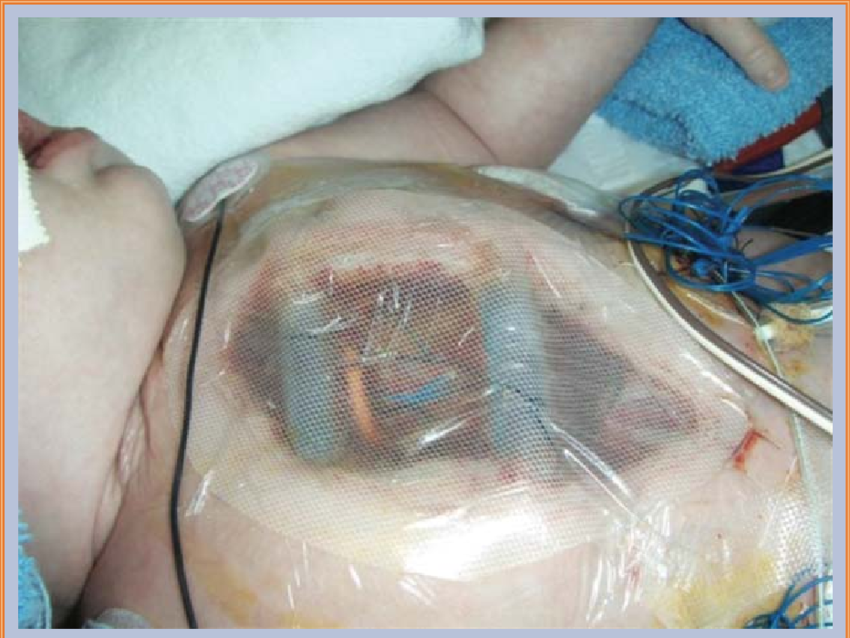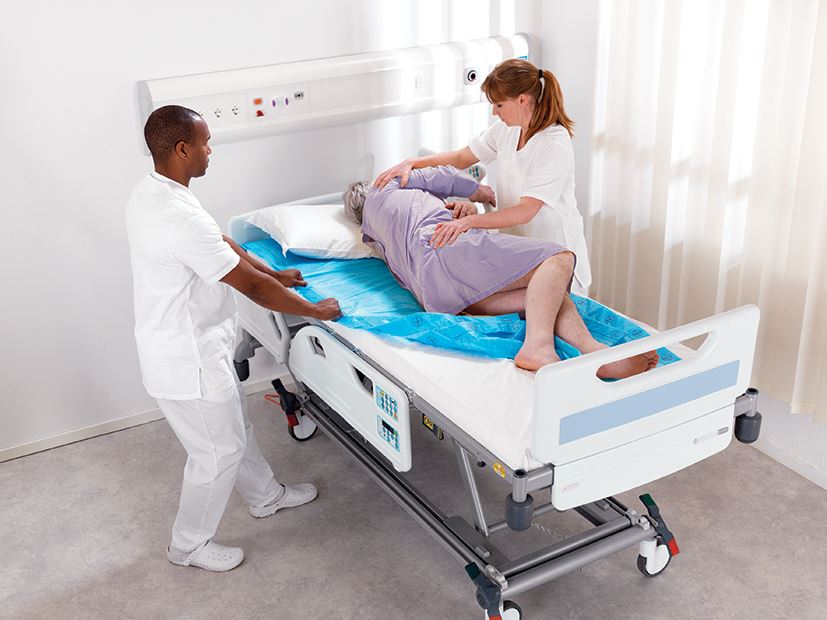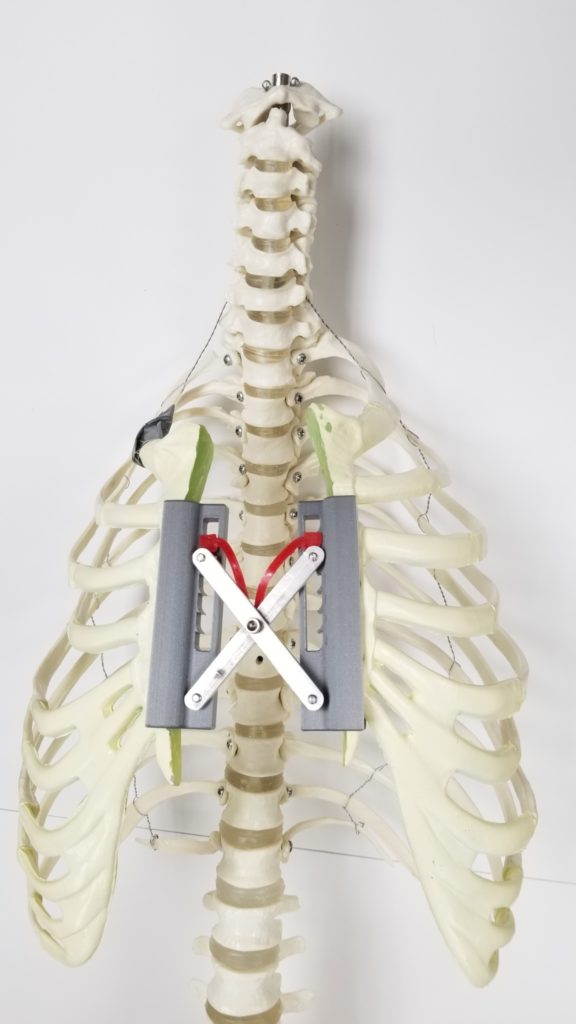Team Members
John Lisi
Kim Richards
Supervisors
Greg Gdowski, PhD, Biomedical Engineering, CMTI, Amy Lerner, PhD, Biomedical Engineering, CMTI, Marty Gira, Senior Research Engineer, CMTI
Customers
Bryan Barrus, MD, Cardiothoracic Surgery, URMC
Description
Various post-operative complications may lead cardiac surgeons to opt for delayed sternal closure following open heart surgeries. Patients’ sterna are left open and they are cared for in the intensive care unit for 1-7 days. In the ICU, bedridden patients are turned to prevent pressure ulcers and for linen changes. During these turns, the sternal halves rotate and twist, potentially leading to injury or death. Our device stabilizes the sternal halves during transport and turning, greatly increasing patient safety.
One of the 2019 CMTI cardiovascular teams attempted to address a similar need related to delayed sternal closure. However, their project focused exclusively on stabilizing the sternum in one dimension, keeping the sternal halves separated during OCM. Their project did not focus on the resulting torsional forces experienced by the sternum during patient rolling and transport. Thus, last year’s final prototype would not solve the need we are presenting, but it offers potential concept ideas to build off of.



